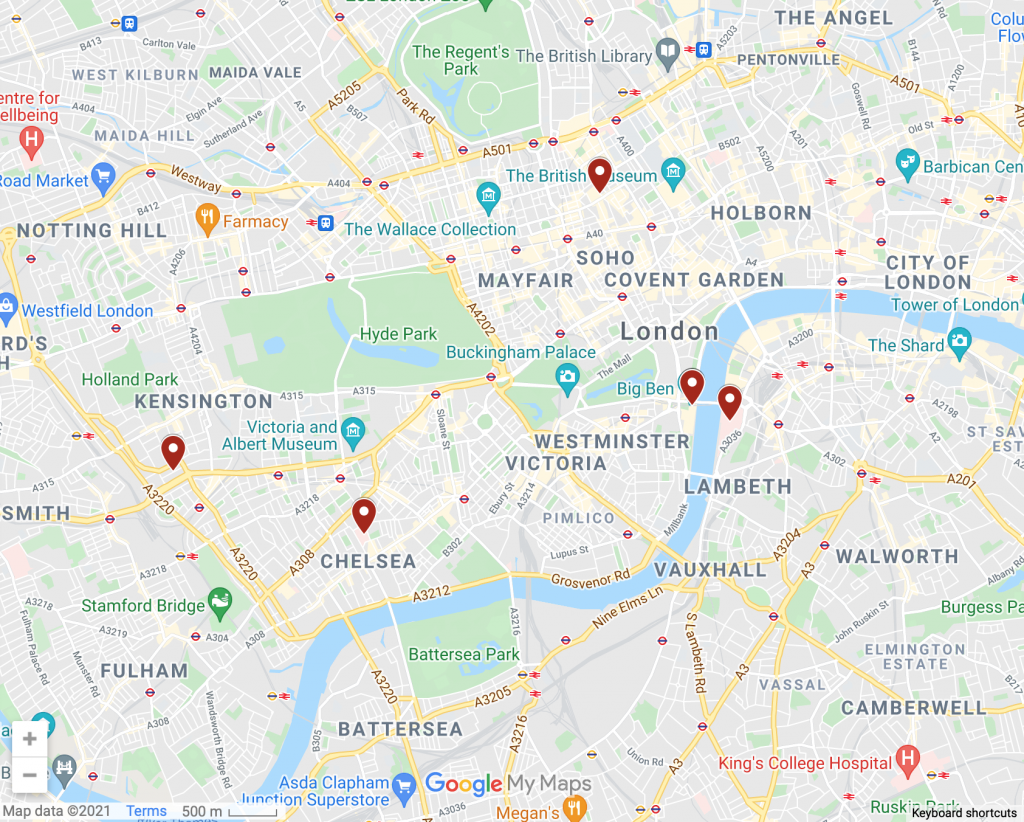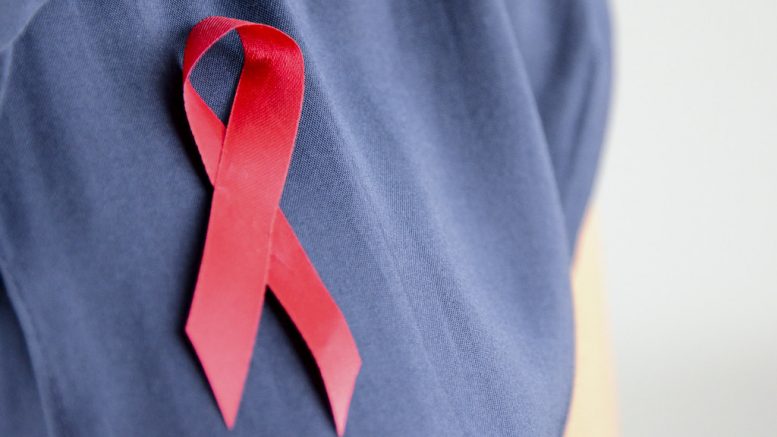As of 2021, it has been 40 years since the first case of HIV appeared in Britain.
The UK government has released an action plan stating it will end HIV cases by 2030, which sees a light at the end of the tunnel for this epidemic that has decimated countless lives since the late seventies and early eighties.
Since then, medical advances have improved and treatment has made it possible for individuals to live a long and healthy life. Most people taking daily HIV treatment reach an undetectable viral load within 6 months of starting treatment. This means that they cannot pass the virus on, as long as, they keep taking their medication regularly. The concept is known as ‘U=U’, which means ‘undetectable = untransmittable’.
Drugs such as PrEP (Pre-Exposure Prophylaxis) and PEP (Post-Exposure Prophylaxis) have massively improved the prevention of HIV, therefore, greatly reducing the number of infections. These drugs have been a game-changer on the forefront of tackling the virus.
Not only this, but sex education has played a vital role in helping the prevention of HIV, and access to sexual health clinics have proved effective too.
There have been hopes that a HIV vaccine will be available in the near future.
Despite this, homophobic and transphobic attitudes are still attached to the virus, even in the present day, which exacerbates the stigma that only LGBT+ individuals can get it, and particularly the stigma that gay men are solely affected. Leading to individuals who identify in the community not to discuss their sexual behaviours, in fear of not getting substantial medical advice and care.
Discrimination against those who are HIV-positive, not only exists in a social capacity, but work and professional spaces too.
These have led to laws and policies that have actively discriminated those that live with the virus. One particular law has just been overturned in the UK. People who have HIV, or take medication for it, will be able to apply to join the UK armed forces for the first time, making the UK, the second country in the world to update its armed forces policy.
In 2020, 37.7 million people were living with HIV/AIDS globally, with 680,000 people dying from HIV-related illnesses.
In 2019, there were 106,890 people living with HIV in the UK, and of these, 5,150 were undiagnosed, meaning they didn’t know that they were HIV-positive, and London continues to have the highest rates of HIV in England. 37% of new diagnoses in 2020 were London residents.
The government says it will commit £20m over three years to fund opt-out testing in accident and emergency departments in areas with highest HIV prevalence, and annual reporting to Parliament on progress to ensure the 2030 goal is met. Some say that this isn’t enough, and PrEP needs to be made available to areas that are economically stunted and to community pharmacies and GPs, to make sure that women and ethnic minorities are reached.
Below is a map showing the locations of historic moments in the UK’s battle against the HIV/AIDS epidemic. The red pins indicate their location.

Link to the map: https://www.google.com/maps/d/edit?mid=1vnR5CLInP_MrNT5L18rEXIsCZmuj9yUO&usp=sharing
Words by: Joe Benham | Subbing: Valeria Vintimilla


Be the first to comment on "World AIDS Day – The Future of HIV"